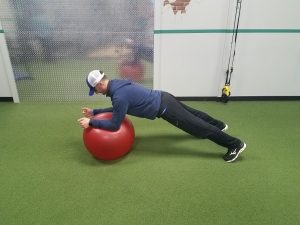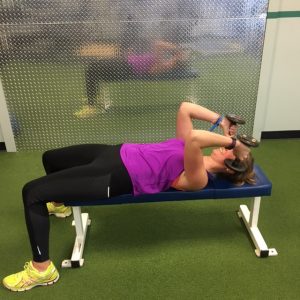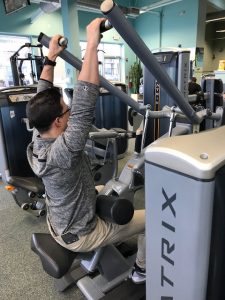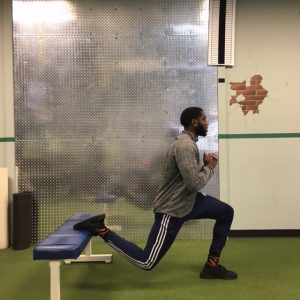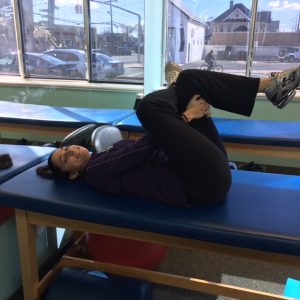Now that the sun is finally shining, many of us are tempted to start spring cleaning and back into our outdoor routines. We want everyone to get outside for spring activities! As outdoor enthusiasts and sunshine advocates ourselves, we recommend heading outside for some hiking, biking, or just walking the dog! However, it’s important that we protect ourselves from anything that may sideline our activity for the upcoming summer. Bike safety is critical, so before hitting the open road- make sure you and your bike are ready to go.
Here’s a handy checklist to make sure your bike ride goes smoothly!
- Always wear a helmet! This should go without saying, but it can save your life!
- Be familiar with local rules and regulations! Always go with the flow of traffic and stay in appropriate bike lanes.
- Be visible! Avoid riding at night, make sure all of your lights are in working order, and wear lightly colored clothing.
- Check over your bicycle! Normal wear and tear happens to moving parts on a bike, check your breaks, tire pressure, lube up the chain and all the gears!
- Be aware of others on the road; joggers, cars and other cyclists won’t always pay attention to you!
- Know your limits! Not everyone can do black flips their first time out and that’s okay! Ride at a level that you feel comfortable.
Now that you’re all ready to go out, here’s a list of NY state parks with bike trails to get you started!
- Bethpage State Park, Bethpage: A paved walking/ biking trail connecting Massapequa and Bethpage with gentle slopes and wonderful views of Massapequa nature preserve.
- Long Beach Boardwalk, Long Beach: Oceanfront boardwalk with beach access, lit for day and night use.
- Stillwell Woods Park, Woodbury: An expansive set of trails with varied levels of difficulty. Fun for all skill levels
- Holtsville Ecology Center, Holtsville: An easy paved walkway through grassy hills with numerous exercise stations scattered throughout.
- Caumsett State Park, Lloyd Harbor: 3 mile loop with spectacular views of Long Island’s north shore with backdrops though meadows, shoreline, woods and marshes.
Happy Cycling!
By Matt Rhodes, M.S.

